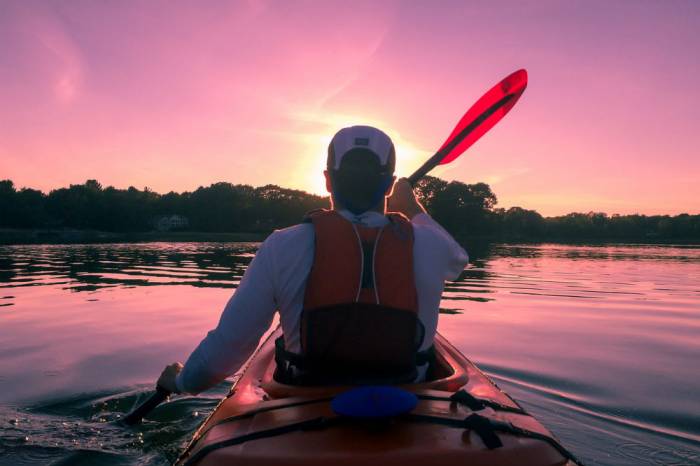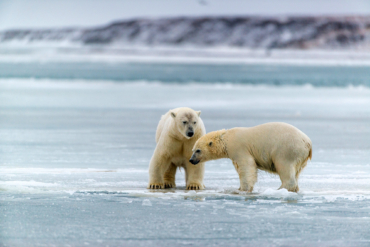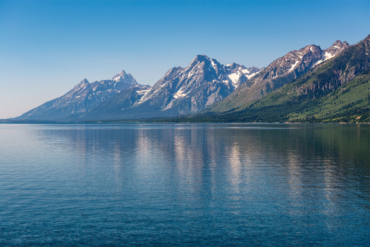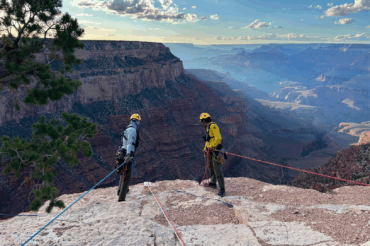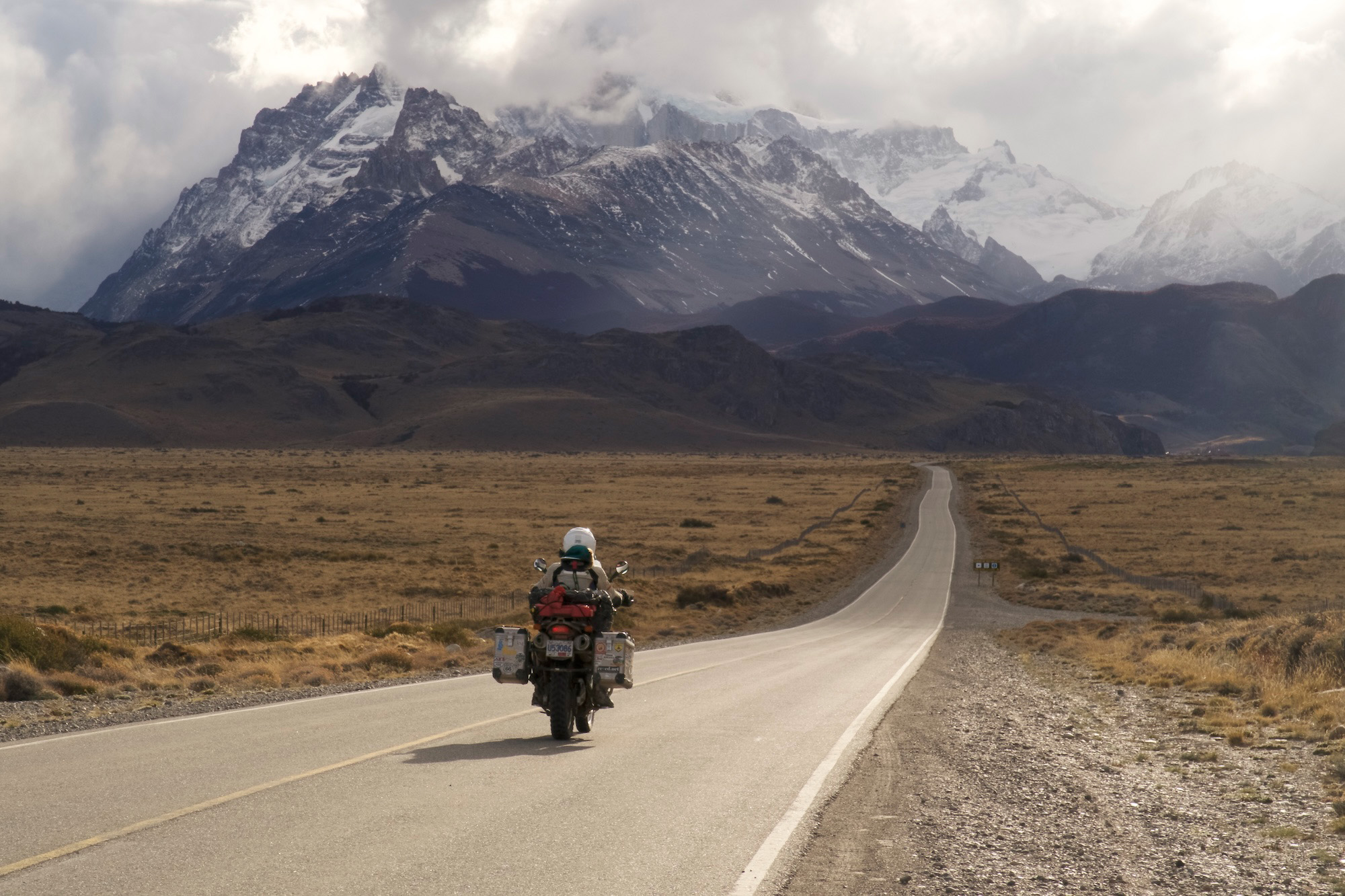What’s good, bad, and ugly in the outdoors? The Outdoor Foundation’s 2017 outdoor participation report has it all.
About 144 million people went outside last year to participate in more than 11 billion activities in total. That’s great! But there’s another way to look at: More than 152 million people didn’t go outside for recreation at all.
This according to the “2017 Outdoor Recreation Participation Topline Report,” published by the Outdoor Foundation. The report tracks annually Americans’ outdoor recreation habits and aspirations. This year’s report offers a peek at the habits that drive the $887 billion outdoor industry, and the people contributing to it.
Here are some of the more interesting finds.
2017 Outdoor Recreation Participation Report
For starters, the report shows that while not all outdoor participants are white, the vast majority (still) are. In general, the racial identities in the outdoors are expanding.
- Caucasians constitute 70 percent of outdoor activity junkies, down from a 10-year high of 78 percent.
- African American participants make up 9 percent of participants, which is below the overall population composition of 13 percent.
- Hispanics are the fastest-growing demographic, with an all-time high 12-percent of all participants. Over the last 10 years, Hispanic participation has grown steadily from 7 percent in 2006.
Most, Least Popular Activities
What are these 144 million people doing, you ask? The report gathered data on 43 different activities and three-year trends. These spanned everything from running on pavement or trail, to water sports, to hunting, to winter sports, and more.
- Fastest growing: Stand-up paddle boading. In the last three years, stand-up paddle boarding has taken off, growing over 61-percent growth since 2013. Of course, anyone with access to any body of water can attest to this.
- Most popular: Running and jogging. No surprise here, though, while more than 47 million people laced ’em up for leisurely trot, over the last three years, jogging has declined 12.6 percent.
- Growing sports: BMX biking, kayak fishing, and adventure racing. These activities are all among the most expanding outdoor activities — growing 43 percent, 31 percent, and 35 percent, respectively.
- Biggest drop: Bird watching. Sadly, the original spectator sport of staring at birds doing bird things dropped 18 percent.
- Snow sports: Cross-country skiing has grown more than 40 percent. Meanwhile, snowboarding has nearly stalled at 3-percent growth, and (tragically) snowshoeing is down more than 12-percent.
Big Surprises
Two things stand out from the Outdoor Foundation’s findings: First, inline skating received no mention. This means either I’m imagining all the jort-clad ladies and dudes with Walkmans gliding around the lakes, or participation is so low it no longer registers. Perhaps all skaters are flocking to roller-skiing along bike paths (which is tragic).

But the biggest surprise of all is that camping keeps going down. According to the report, non-RV camping within a quarter-mile of a vehicle or home is down almost 10 percent. And that’s just the last three years. By the Outdoor Foundation data, camping has declined steadily over the last decade, from nearly 37 million participants in 2006, to around 26 million last year.
Plus, this information follows the Kampgrounds of America report that found 61-percent of U.S. households have at least one person who camps. So, what to make of this information? Maybe much of this camping occurs in the backcountry, which wasn’t listed in the OF report. Or, it could be because the KoA report included RV camping which, according to the OF’s findings, has grown at about the same rate non-RV camping has dropped.
While this is not scientific data by any stretch, it gives a finger-on-pulse look at the outdoors world. The Outdoor Foundation’s findings suggest that in general, around half the population goes outside and plays. How you interpret that statistic is up to you, but regardless, it’s a big crew that will be hitting the trails, lakes, and forests this summer.


